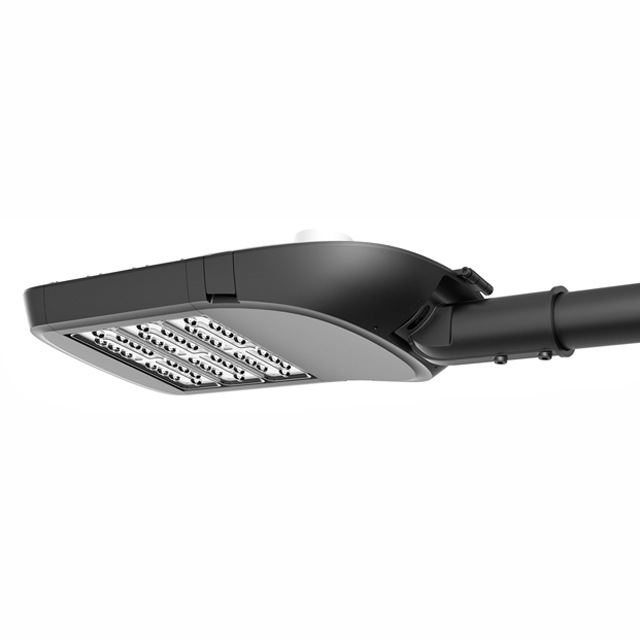When it comes to illuminating our streets, parks, and public spaces, selecting the best type of street light is crucial for ensuring safety, visibility, and energy efficiency. With various options available in the market, from traditional sodium vapor lamps to modern LED fixtures, choosing the right street light can be a daunting task. In this comprehensive guide, we’ll explore different types of street lights, their advantages and disadvantages, and ultimately, determine the best type of street light for different applications.
Understanding Different Types of Street Lights
Before delving into which type of street light is the best, let’s first examine the different options available:
- High-Pressure Sodium (HPS) Lamps: High-pressure sodium lamps have been a popular choice for street lighting for decades. These lamps produce a warm, yellowish light and have relatively good energy efficiency compared to older technologies like mercury vapor lamps. However, HPS lamps have a relatively short lifespan and lower color rendering index (CRI), which may affect visibility and color perception.
- Metal Halide Lamps: Metal halide lamps offer better color rendering and higher efficiency compared to HPS lamps. They produce a white light that closely resembles natural daylight, making them suitable for areas where color perception is important, such as retail districts or sports facilities. However, metal halide lamps also have a relatively short lifespan and require ballasts for operation.
- LED (Light-Emitting Diode) Street Lights: LED street lights have gained popularity in recent years due to their superior energy efficiency, longevity, and versatility. LEDs produce a bright, white light with excellent color rendering properties, enhancing visibility and safety on the streets. LED street lights also have a longer lifespan and require less maintenance compared to traditional lamps, making them a cost-effective and sustainable choice in the long run.
Determining the Best Type of Street Light
Now that we’ve examined the different types of street lights let’s determine which one is the best:
- Energy Efficiency: LED street lights are widely regarded as the most energy-efficient option available. LEDs consume significantly less energy compared to traditional lamps like HPS or metal halide, resulting in lower electricity bills and reduced carbon emissions. With rising energy costs and growing concerns about environmental sustainability, LED street lights offer a compelling solution for municipalities and organizations looking to minimize their carbon footprint and energy expenses.
- Longevity and Maintenance: LED street lights have a much longer lifespan compared to traditional lamps. While HPS and metal halide lamps typically last around 10,000 to 20,000 hours, LED street lights can last up to 50,000 hours or more, significantly reducing the need for frequent replacements and maintenance. This not only saves time and labor costs but also minimizes disruptions to street lighting operations, ensuring consistent illumination for public safety.
- Visibility and Safety: LED street lights offer superior visibility and safety compared to traditional lamps. LEDs produce a bright, white light with excellent color rendering properties, enhancing visibility for pedestrians, cyclists, and motorists. Improved visibility reduces the risk of accidents and enhances security in public spaces, making LED street lights the preferred choice for areas where safety is paramount.
- Environmental Impact: LED street lights have a lower environmental impact compared to traditional lamps. LEDs contain no hazardous materials such as mercury, which is found in HPS and metal halide lamps, making them safer to handle and dispose of at the end of their lifespan. Additionally, LEDs consume less energy and produce fewer greenhouse gas emissions during operation, contributing to a cleaner and more sustainable environment.
- Cost-Effectiveness: While LED street lights may have a higher upfront cost compared to traditional lamps, their long-term cost-effectiveness makes them a wise investment. With lower energy consumption, reduced maintenance requirements, and longer lifespan, LED street lights offer significant savings over their lifetime, outweighing the initial investment in many cases. Municipalities and organizations can recoup their investment in LED street lights through energy savings and reduced maintenance costs over time.
Conclusion: LED Street Lights Shine Bright as the Best Option
In conclusion, LED street lights emerge as the clear winner when it comes to selecting the best type of street light. With their superior energy efficiency, longevity, visibility, safety, and environmental sustainability, LED street lights offer unmatched performance and value compared to traditional lamps like HPS or metal halide. By choosing LED street lights, municipalities, businesses, and communities can illuminate their streets and public spaces with confidence, knowing they’re investing in a reliable, cost-effective, and sustainable lighting solution that enhances safety, visibility, and quality of life for all.
Cmoonlight| Best Solar Street Light Manufacturer
www.cmoonlight.com
WhatsApp: +86 18823328907

